Woodworkers know that finding hardwood lumber lumber can be a challenge. Perhaps you’ve spent hours searching and trying to compare costs. Or, maybe you know of a few stores and are looking to find a unique piece of hardwood. While I’ve spent hours finding hardwood lumber near me for my projects this article should help your search.
We’ve probably all had the same experience trying to buy lumber.
With limited supplies in even large metros, trying to decide if you’re getting a good deal can be difficult.
An, in fact, unless you are a wizard with search engines it’s a daunting task to find hardwood. Which is why we’ve spent countless hours building a complete hardwood directory with over 300 hardwood retailers near you.
In this guide we’ll cover:
Page Contents
Hardwood Buying Tips
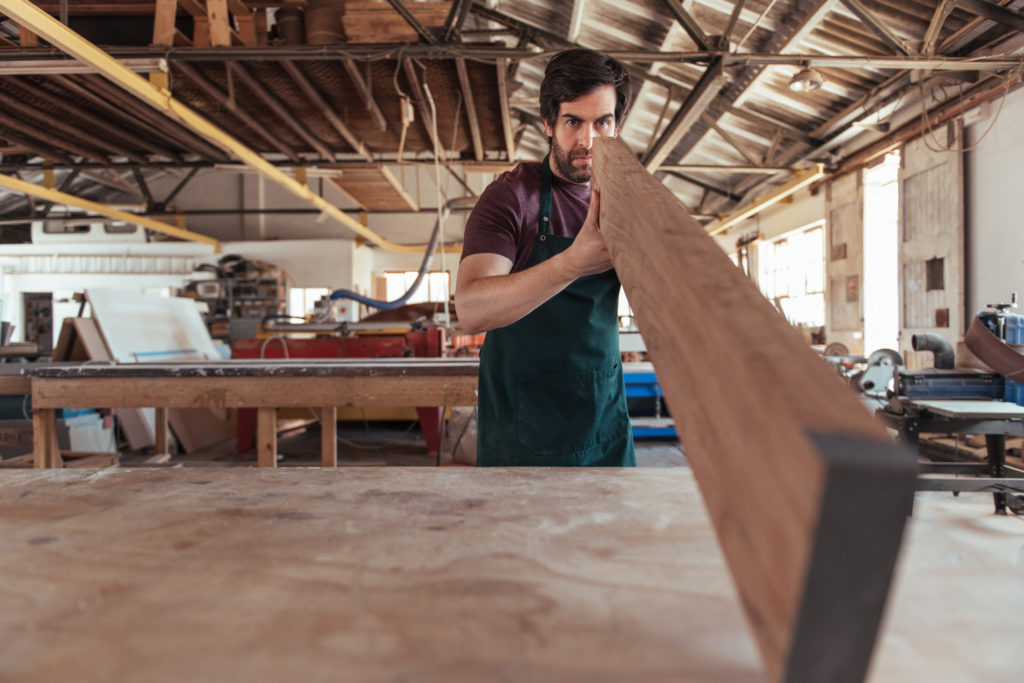
But before we get into where else to look, there’s a few lumber buying basics I like to consider:
- Was the lumber kiln dried and properly stored (a danger with Craigslist)?
- What are the surfacing costs? Eg. to plane and straight-line rip your lumber (S3S).
- Are bulk discounts at offered at 100 board feet?
- Do I get to choose my own boards or will it be sorted for me?
- Are you doing wood carving and need a specific grain pattern?
Ok, so my second trick for where to buy lumber? Your local woodworkers guild.
Due to their avid woodworking habit a Guild will typically publish a list of their preferred local suppliers. And as a huge bonus, if you join their guild you could get huge discounts on lumber. Mine is the MN Woodworkers Guild who offers a long list of hardwood suppliers in my area.
Estimating How Much Hardwood Lumber I Need
No products found.
This is a must before starting the search. You may not need a custom lumberyard if your needs can be more readily filled by a big box store like Lowe’s, Home Depot, or Menards. If you can’t articulate accurately what you need the buying experience will be more difficult. And, there’s a high probability you will end up over or under-buying.
What’s the Unit of Measure for Hardwoods?
At its simplest hardwoods are sold in either Linear Feet or Board Feet. Cutoffs are also available for smaller projects like inlays or pen making. First determine what your unit(s) of measure are (keep reading), then start breaking your plans down into estimates.
Why is this important? If you need Linear feet but estimated in Board feet you’ll face a re-calculation at the hardwood supplier.
Linear Feet – this wood is purchased by the length of the board. A big box store almost always sells in this form where you may see a 1″x3″ board sold for $2.49/lf. Often they will allow cutting prior to purchasing. Some considerations:
-
- Small projects generally including shelving, trimming on top of a door, picture or mirror frames, jewelry box, etc.
- Limited post-purchase milling required.
- You may also choose if you don’t have a planer, jointer, or table saw.
Board Feet – wood is measured by volume with a baseline unit of 12″ by 12″ by 1″ thick (rough). Projects include:
-
- Cabinets of just about any size
- Cutting up hardwoods for doors, stiles, panels, etc.
- Have a planer, jointer, and table saw to handle rough sawn lumber
- Projects over 3-4 8′ boards
Hardwood Cutoffs – often sold by the size of the box or in a linear feet measure (depending on source). Projects include:
-
- Pens
- Small boxes
- Inlays
How Do I Calculate Hardwood in Lineal Feet?
Prior to starting this calculation it’s helpful but not required to check with your lumber supplier to know the options in widths and lengths. If you are still looking, that’s just fine. Width is most important and as long as you have minimum width calculated you can adjust later.
Let’s use a simple example of building a 3’x5′ mirror with a 3-1/2″ frame. Each mirror will have (5′ + 5′ + 3′ + 3′) = 16′. In this case you’ll need to leave a little room for cut-offs so buying two 10′ boards will give you room to trim off ends and miter the ends. About 20% overage.
For your project just start adding up the preferred widths and lengths and sum together. A finished list will look something like:
- 24′ of 2-1/2″ maple
- 8′ of 4″ maple
- 8′ of 6″ maple
Note that boards sold by the linear foot are almost always the same width eg. 2-1/2″, 3-1/2″, etc. like dimensioned lumber and 3/4-7/8″ thick.
How do I Calculate Hardwood in Board Feet?
This is a little trickier as you are usually dealing with random width boards and sometimes multiple thicknesses. Now is a good time to understand your “quarters”:
- 4/4 = four quarters or a nominal rough sawn thickness of 1″
- 5/4 = five quarters or a nominal rough sawn thickness of 1-1/4″
- 8/4 = eight quarters or a nominal rough sawn thickness of 2″
- Adjust up/down from there, but 4/4 is most popular.
Reminder: You are paying for the rough sawn thickness, not the finished thickness. Don’t expect 25% off a 3/4″ finished planed board!
On to measurements. The simplest approach is to find the total surface of all hardwood surfaces and add 20%. If you have a three foot long vanity (assume 3′ high) and that comes to about 9bdf. 20% more brings you to just under 11bdf (9 + 1.8). On a small project you may want to bump that by a board foot or two if you don’t have stock at home. For a larger project you’ll have more room to minimize waste.
Why 20%? A few reasons:
- You won’t use every inch of the board in length (a cutoff!) nor will you use the full width.
- Some boards will overlap. A cabinet door typically sits at least 1/2″ on top of the face frame below.
- Boards aren’t perfect and if you want a perfect final finish you need to allow for some imperfections to be removed.
Are you making a 1-1/4″ thick top? You’ll need to buy 6/4 so be sure to multiple the surface area of these area by 1.5. I’m extremely careful here to hand-select the boards I need, and make sure I choose the length wisely. If it’s a 5′ top I either grab 6′ boards or a 12′ and cut it in two.
Want to learn more? I recommend reading through the American Hardwood Export Council’s illustrated guide to understand measurements, grades, and color sorting hardwood.
Understanding How Hardwood Lumber is Prepared & Sold
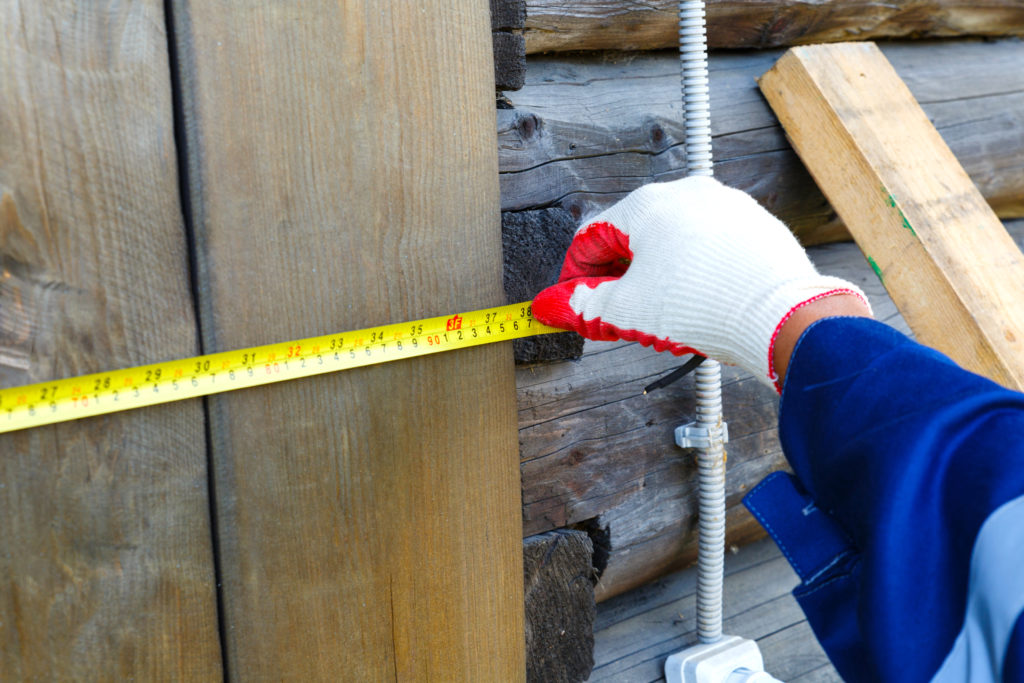
So now that you understand Linear from Board Feet calculations – onto how it’s sold at the lumber yard.
A key thing to understand in your discussion with the lumber sales team is “surfacing”. Why? Well, you will almost certainly get into this – and you need to understand what they are offering if you are checking prices:
-
- S4S, SL2E, SLR2E: Surfaced Four Sides. SLR2E means planed to thickness, straight-line ripped and cut to width.
- S3S, SL1E, SLR1E: Surfaced Three Sides – planed and straight-line ripped.
- S2S: Surfaced Two Sides – planed, rough edges
Linear lumber is easy – it’s 99% S4S and you just need to look at and compare the per linear foot cost.
Lumber by the board foot is stocked and sold rough or planed. For example it can be “Rough Sawn 4/4 FAS Cherry @ $3.46” or you may see “FAS Cherry @ $3.76 Hit and Miss 13/16”. Price breaks in increments of 100-250bdf are common and if not presented your should ask.
Understand Milling Costs to Get Apples-to-Apples Cost
On top of this base price of $3.46 you need to consider how the rough sawn board is converted to something you can use for a project. Unless you have invested in an industrial planer and like to use your jointer – it usually makes sense to have your board foot purchases converted to S2S or S3S/SL1E.
Key Point: You likely paid for the full width of the S2S board. Personally, I like S3S to avoid the extra hassle of running it through the jointer. I don’t see a point in S4S as you are giving the lumber yard the green-light to take wide boards and choose how a Select board is dimensioned. Plan to use every inch of a board so why let it hit the scrap pile in the milling department.
Milling costs are handling costs – there’s a charge for planing and then straight-line ripping. This can add $0.20-0.50 to the board foot cost. S2S will be the cheapest and go up from there to S4S.
Note that boards purchased at a retailer may charge you for the exact width of the board. They’ve almost certainly factored into their board foot cost the loss of width from rough sawn, S4S/S3S costs, etc. This may, in the end, even out a lumberyard price to a storefront retailer on small quantities.
What is all This Hardwood Lumber Jargon?
Need a little context for S3S, rough sawn, and so on? Check out this great video on the jargon of a lumber yard. Be sure to check more on WM Walker Co’s media website.
Finding Hardwood Lumber

While there are many ways to find hardwood lumber near you, here’s a few places to start:
- Our state-by-state guide to hardwood retailers.
- Referral from a fellow woodworker.
- Join a woodworking guild or club (or search their website!) for advice.
- Go to a local woodworking store that sells tools and cabinet hardware.
- Google, Bing or whatever your favorite search engine is.
- Social Media eg. Facebook Marketplace.
Phone a Friend: Where’s Hardwood Lumber Near Me?
Ok – it’s the obvious place to start. Need cabinet-grade hardwood plywood or other material too? Be sure to ask what stores have everything in one stop.
Join a Club or Search Their Websites
You aren’t the first one with this question. In and around most decently sized towns there are plenty of woodworking clubs or guilds. Mine is the MN Woodworkers Guild and they have a wealth of information. Remember whoever created the site isn’t likely a professional website builder. If you followed the link to this MN Guild you’ll need to click “Links”, then on left “Materials – Lumber & Plywood” and then you’ve hit pay-dirt. They wouldn’t list the supplier without some level of comfort.
While you’re there – sign-up for an email list or better yet support them and get a membership. You’ll likely earn some % off as well at the hardwood lumber stores you are looking for.
Go to a Local Woodworking Supply Store
This is how I found my store – I was purchasing a lot of material through Rockler Woodworking. With some store changes the cost of hardwood kept going up and up. I started chatting with a (now retired) employee about other stores and found…Youngblood Lumber. Still, I use Rockler for everything else but this new supplier has an amazing variety of lumber and plywood, has a 10% Guild discount, and can plane/straight-line rip the lumber for me.
Internet Search Engines
Well, you probably landed on this page from one. If you read this far you can keep reading or go back. We’d prefer you stay for the final few tips.
Social Media
I have tons of leftover lumber sitting on my lumber racks and shorts under my cutoff saw. Some people sell those (nope, I can’t do it). If you have Facebook go up to the search bar on top and type in “Hardwood Lumber Near Me”. Or some variant. You’ll be surprised to find a few fellow enthusiasts are selling their supplies on the Facebook Marketplace.
Craigslist is another place to check.
Choosing a Hardwood Supplier
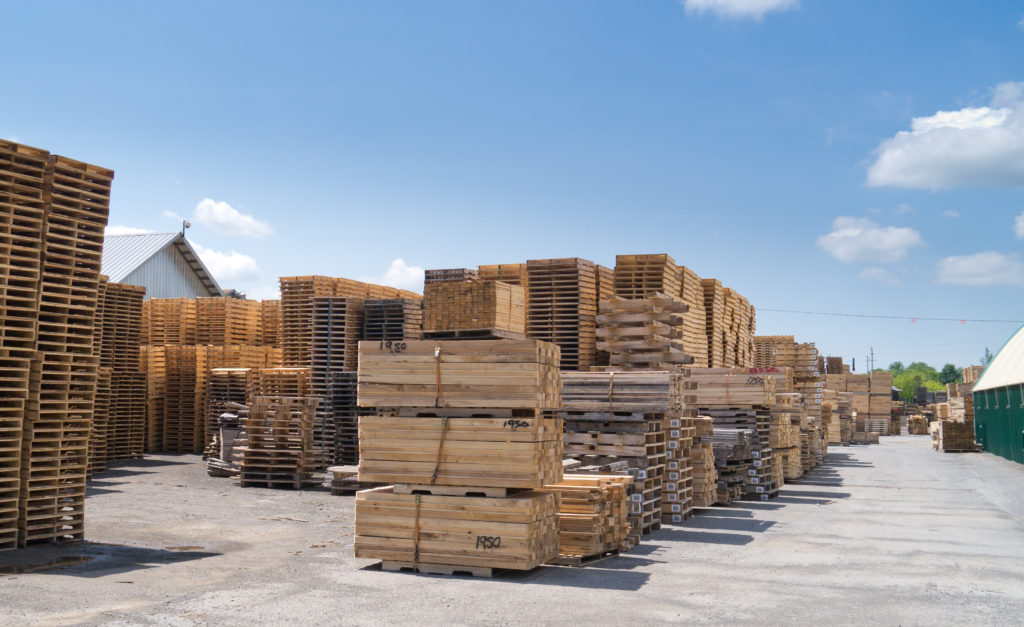
As you start contacting stores you might find that some work for your size projects, and some won’t. If you are into exotics in small quantities, a store like Rockler might just be the store for you. They have it all either in store or online, and it’s typically very high quality.
Consider what you need before contacting:
- Bulk quantities over 100 board feet.
- Traditional hardwoods (Oak, Cherry) or softwoods (Poplar, Pine)
- Exotic hardwoods (Snakewood, African Blackwood, etc.)
- Milling services like planing and straight-line ripping (S3S) or fully dimensioned on all four sides (S4S)
- Long lengths – 10-16′
- Hardwood plywoods
- Open lumberyard for browsing – or closed. Or online.
- Grade of wood – Common vs. #1, #2, Select, FAS, etc.
- Thickness of wood eg. 4/4, 5/4, 6/4.
How Hardwood Lumber is Priced
You have to call around and for the quantities and milling you want done. Don’t buy from the first place you call.
This first search will narrow what lumberyard will work best. Look at quantity discounts, costs for milling, friendliness of staff. These places typically work with larger cabinet shops for their main business – be nice and know what you want. The more knowledgeable you sound the more information you’ll get.
Ask for discounts – including if they take a Guild membership. It’s worth a shot and if they say “yes” then you just need to sign-up before you buy.
Picking Up Your Hardwood

I’ve phone ordered 500 board feet of #1 walnut S3S (read up on jargon!) and just went and picked it up. But I’ve also stopped by to check out the stock first if I’m unsure of the quality.
Policies will vary from location to location – most will let you sort and select your own from the bins. Others don’t want the pile picked over and will “pull” it for you. Ask this upfront if you are buying it. If you paid for Select make sure you know what that means. If you bought FAS 1-Face you paid premium and each board should be six inches or wider with a clear face.
Remember to check board straightness. Stand at the end and peer down the face and sides and check for general straightness. Few boards are perfect (you aren’t buying a level) – but avoid the obviously curved boards on smaller purchases if you need straight lumber. I’ll buy the curved board and cut it up for door panels later. Remember, someone has to use it.
Don’t destroy the pile. Please. I have to come after you and try to get my boards for my project. I don’t want to start from a pile of wood that looks like my 5 year old just played pick-up-sticks. And neither does the lumberyard.
Summary
It isn’t as simple as calling the first supplier when you search hardwood lumber near me. Instead, take some time, evaluate your options and look for a retailer you can form a long-term relationship with.
Related Articles:
Last update on 2024-03-30 at 19:21 / Images from Amazon
- About the Author
- Latest Posts
Eric has been a professional woodworker for over thirty years and has worked in small cabinet shops making everything from kitchen cabinets to hand-made furniture. Now working from a home woodworking shop Eric is sharing his passion for woodworking, tool advice and how-to knowledge from his Minnesota-based woodshop.
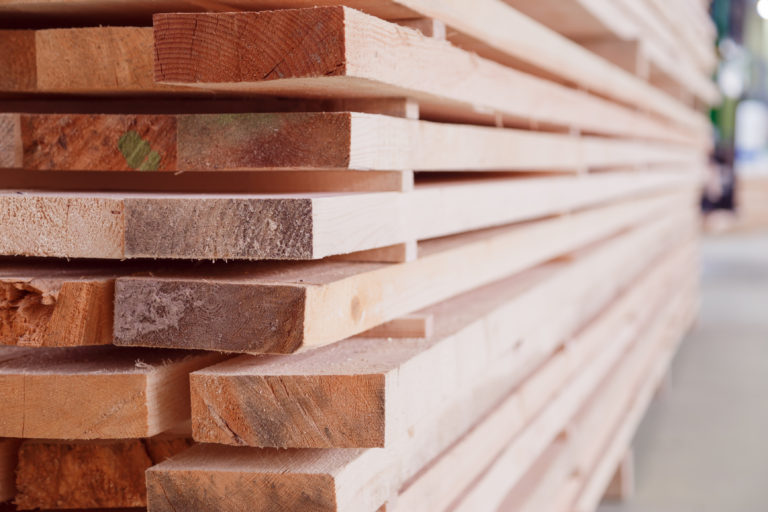





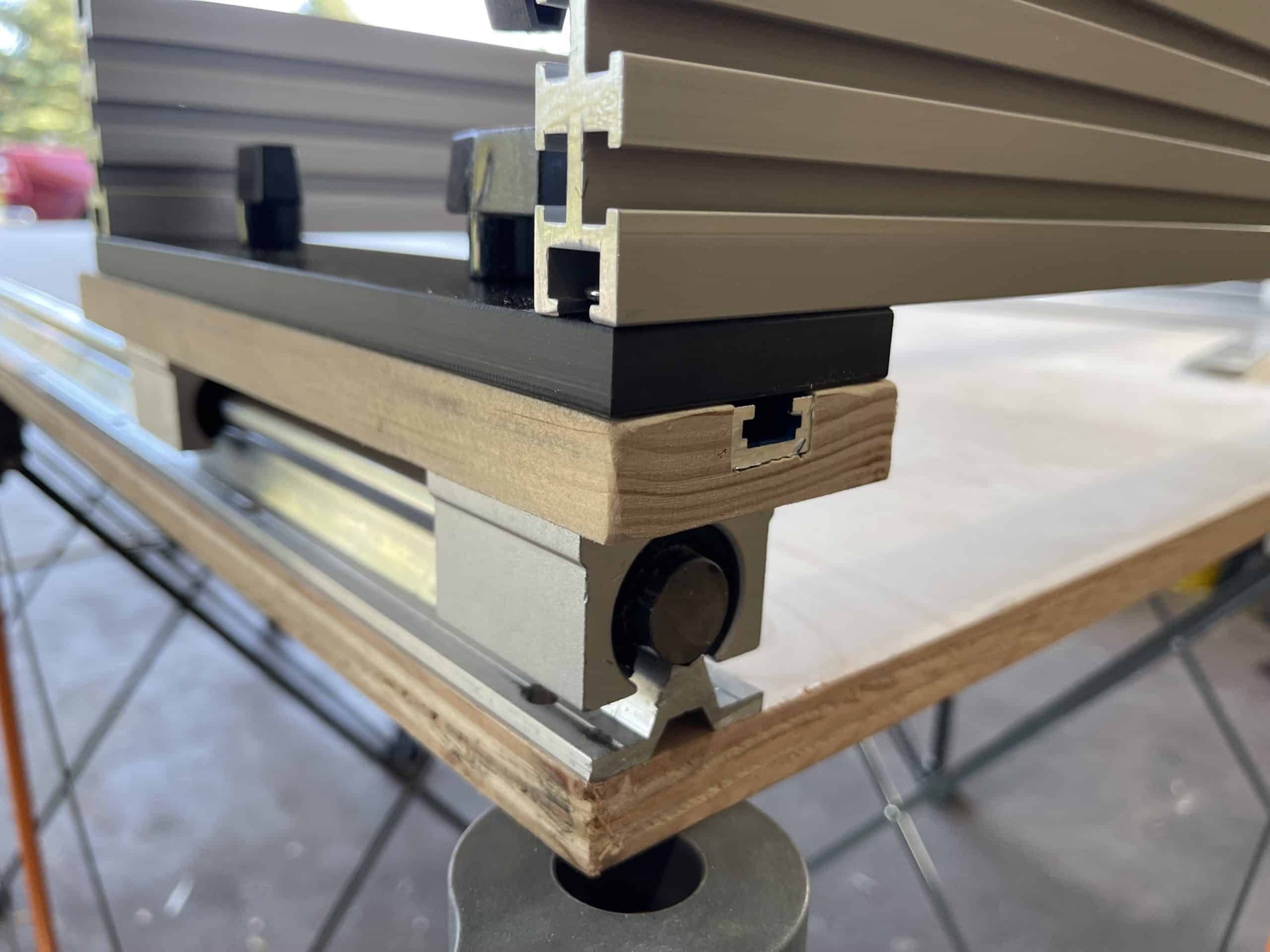
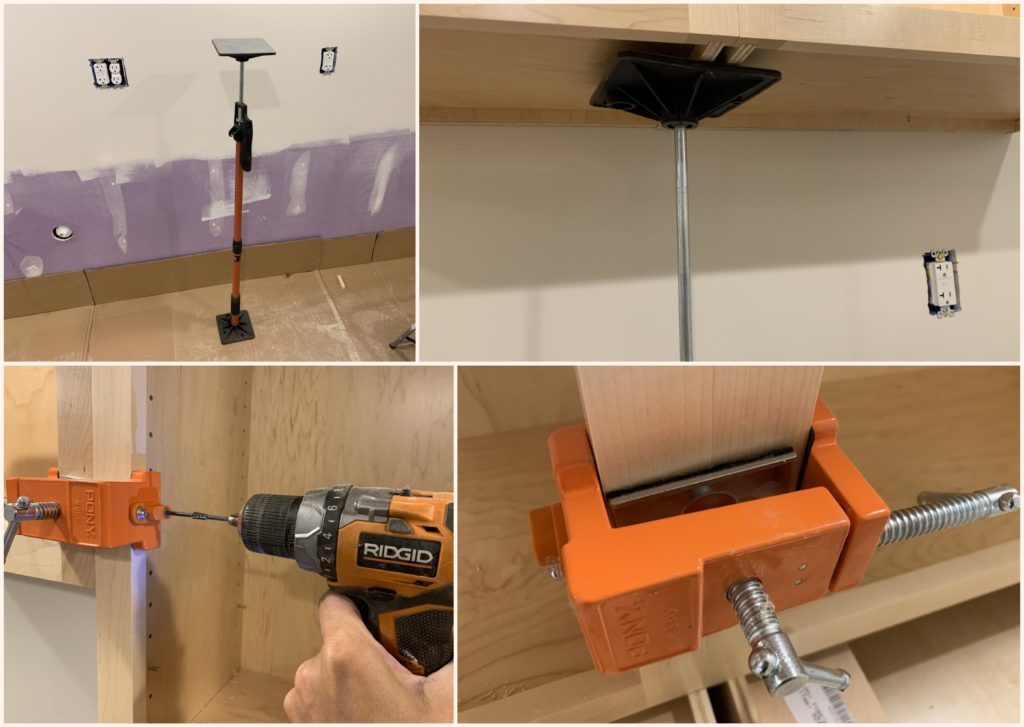
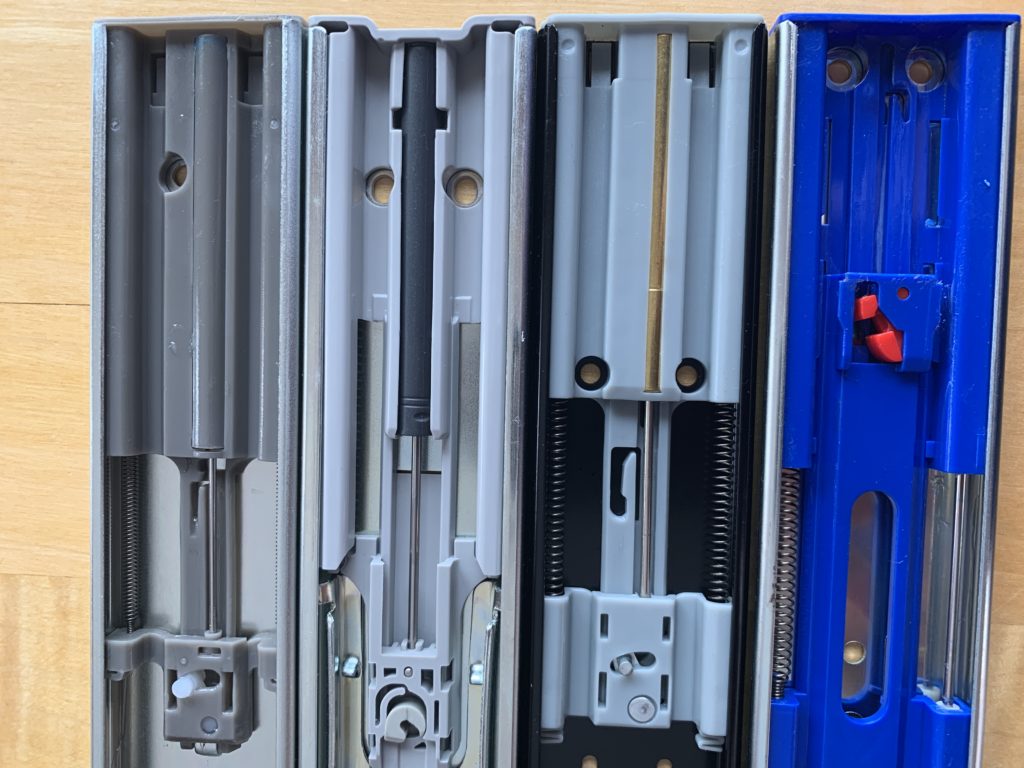
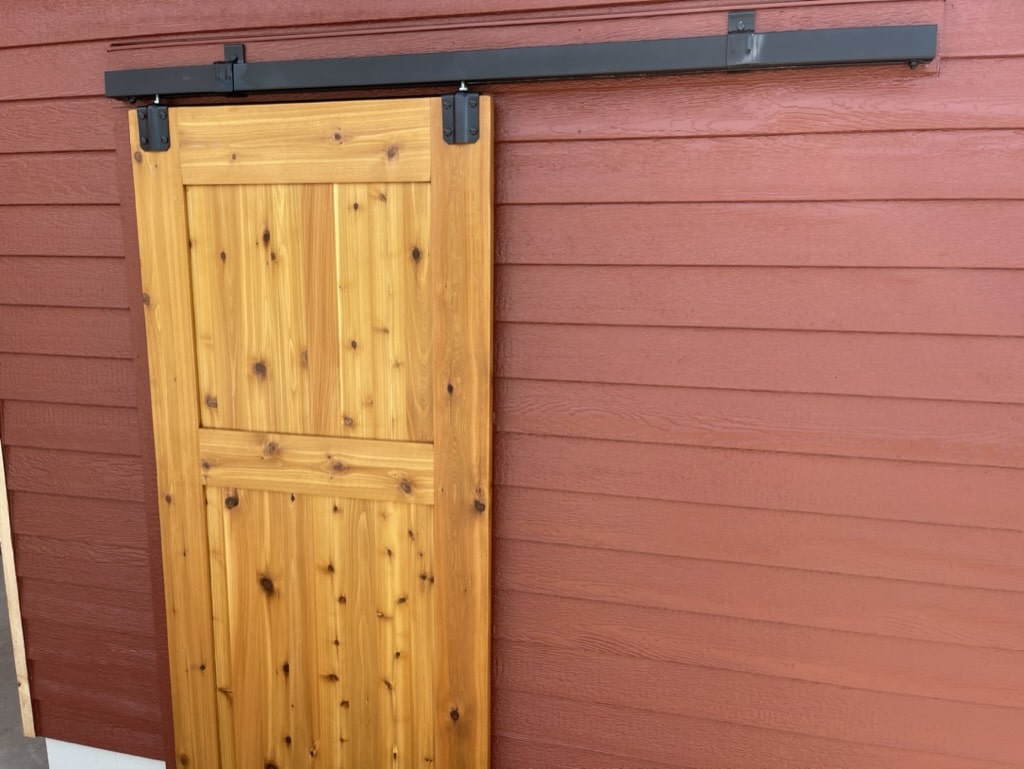
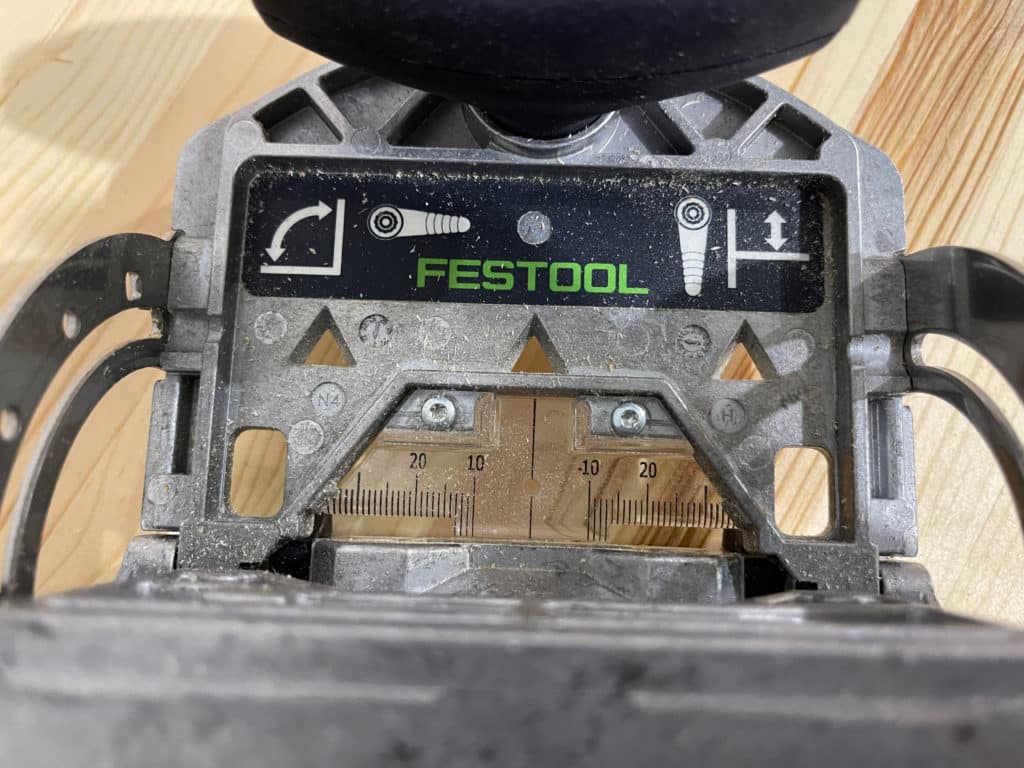
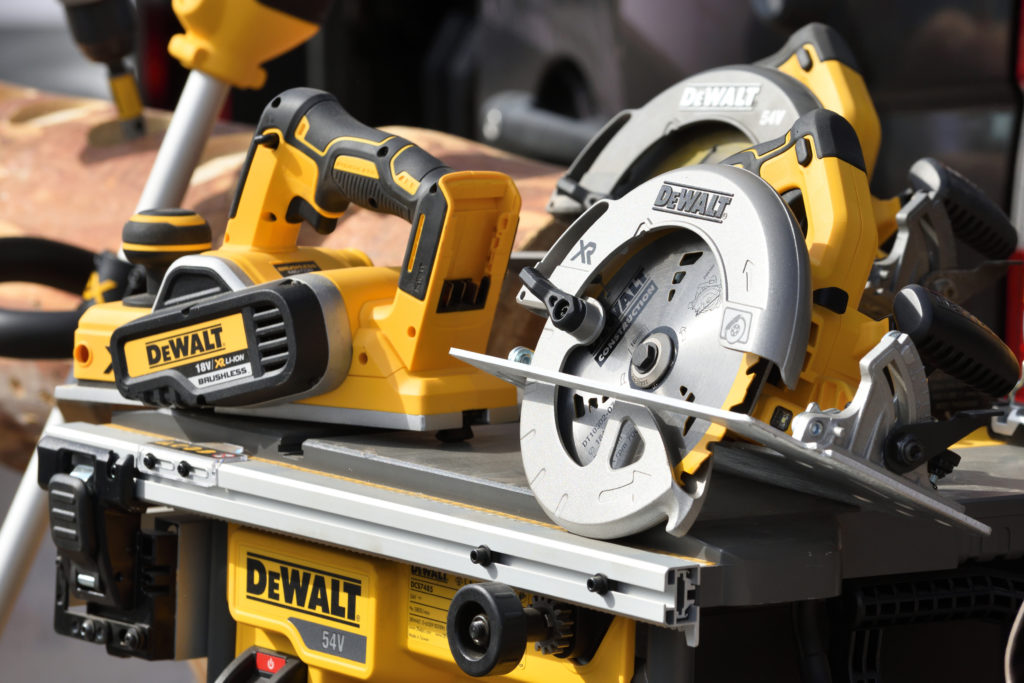
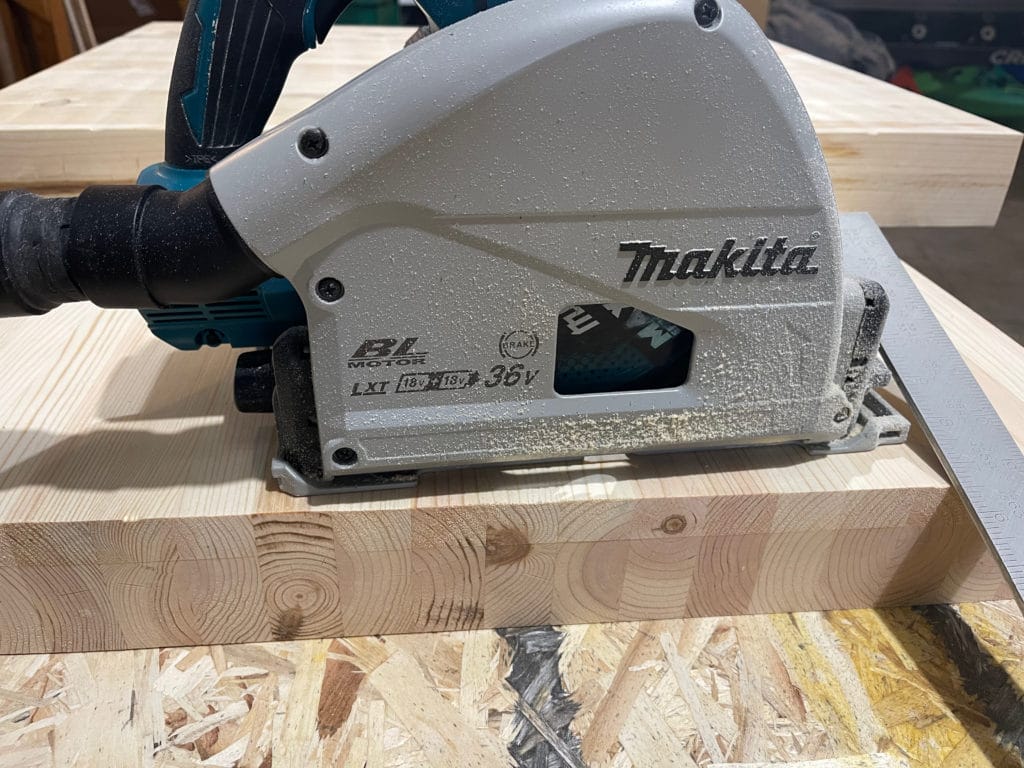
Wow! This has been SOOOOO helpful!
Thank you.